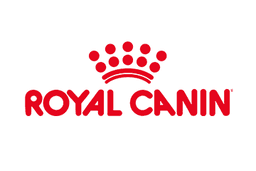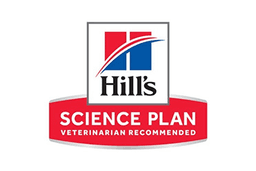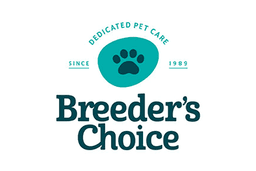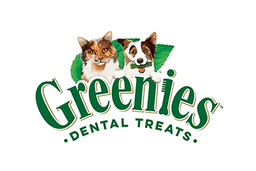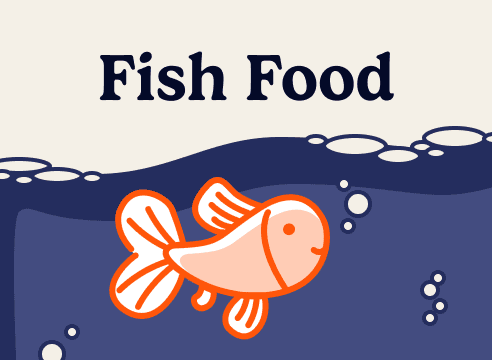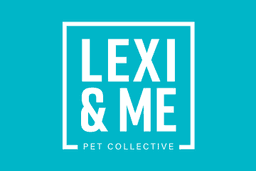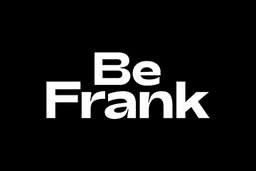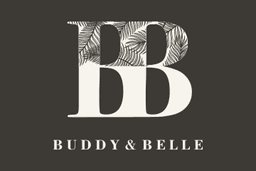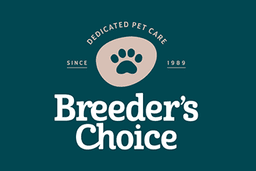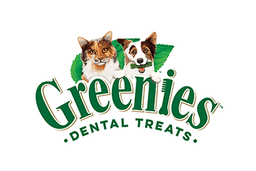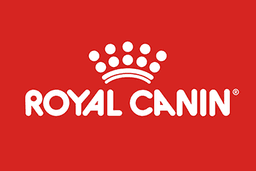Whoever said dogs can’t talk clearly doesn’t know how to speak canine.
Because our furry friends have been bark-ing their feelings from the woof-tops their whole lives!
Okay, not literally. But if you know where to look, it’s very easy to spot what’s going on in your pooch’s mind.
So to help you build the ulti-mutt, read-each-other’s-minds type friendship with your puppy pal – we’re breaking down the most common dog body languages, from top to tail!
If your dog is stressed, scared or anxious…
When your pup’s having a ruff day, they’ll be wearing their heart on their paw – and their ears, eyes, mouth, tail and body.
So, here are the top signs to look out for in a stressed dog:
Ears
Do your dog’s ears hang low… or flat against their head?
When dogs feel fearful or submissive, they will often fold their ears back as a sign of distress.
Eyes
No, your dog’s not avoiding eye contact with you because they’re mad you didn’t share your dinner – but they’re not too happy about that, either.
Fearful, stressed or submissive dogs may avoid eye contact as a sign of discomfort.
And when your pooch is showing the whites of their eyes? That’s when you’ll really know they’re not having a whale of a time. Seriously, it’s called ‘whale eye’!
Mouth
When your pup’s stressed, they may start to flick their tongue or lick their lips.
And the paw-ticularly anxious dogs? Well, the cat’s got their tongue. Because they’re keeping their mouth closed, their jaw tensed, and their bodies prepped for action.
Tail
They don’t call it ‘walking away with your tail between your legs’ for nothing.
Because if your dog’s tail is pointing down or tucked between their legs, they’re feeling scared or stressed.
But keep in mind – different breeds have different tail positions. So getting to know your pup’s resting position will help you tell when their emotions shift.
Body position
A stressed dog only has three things on its mind: stop, drop, and roll.
First, they’ll press paws on all their movements, and freeze on the spot.
Then, they’ll cower towards the ground to appear smaller and harmless.
And if they’re really in a rough pooch? They’ll roll onto their back and expose their belly. So, as a pet parent, it’s best to know your belly rubs from your scaredy pups.
If your dog is alert or aggressive…
It can be a dog-eat-dog world out there. So the last thing any pet parent wants is a dog fight.
Here are the signs to look out for when your hound’s feeling hostile:
Ears
Does your dog look like they’re all ears? As in, their entire ear is tensed, and pointed towards something of interest?
Well, that’s a sign of alertness, dominance or aggression.
Eyes
No, your pooch doesn’t want to have a staring competition (they know they’d win).
They’re giving that direct, hard stare because they’re trying to show dominance.
And those large, dilated pupils? Don’t worry, your hound hasn’t been having hair of the dog. But, they are most likely bark-ing mad!
Mouth
Does your dog have tense, curled lips, a tight mouth, and exposed teeth?
Well, they may be about to start their Reign of Terrier!
Tail
If your pup’s tail is wagging to the left, then it’s best that they’re left alone.
And if they’ve got a fast, twitching wag going on? Fuhgettaboudit.
As a general rule: the higher the tail, the more assertive or aggressive the dog.
But at the same time, a high tail could also show confidence. While some dogs have naturally high tails – just to throw a spanner in the barks.
Body position
Has something been getting your dog’s back up?
No, seriously, is the hair (hackles) along your dog’s back standing up? Because this could be a sign of excitement, interest, arousal, or rage – take your pick.
Just like if their weight is shifted forward, it could mean they’re interested in something – or it could mean they’re getting ready to strike.
The one thing you can count on? If your dog’s growling or snarling – it may be time to quit hound-ing them.
If your dog is happy or content…
If your dog’s in a good mood, they’ll be trotting up to you all the time to ask where the paw-ty’s at.
So if you need help finding the happy hounds, here are the top signs to look out for:
Ears
A chilled-out dog will have all of life’s worries going in one ear and out the other – that’s why their ears are so relaxed all the time!
Eyes
Content canines will turn a blind eye to all things stressful. Their eyes are soft with relaxed lids – sometimes even appearing to squint.
Mouth
Happy pups will show off their pearly whites in a contented smile – with their mouth slightly open, and their tongue exposed.
Even a dentist would be impressed by those canines!
Tail
Remember – a dog’s tail has many meanings, as all good tales do. So you need to know your pooch’s normal tail positioning before you recognise the abnormal positioning.
But typically, if your dog’s tail is wagging to the right, everything’s alright. Same goes if your pup is meandering around with a slow, side-to-side tail sweep – it’ll make their whole body wag!
And if you’re seeing a helicopter wag, where your dog’s tail spins in a circle, that’s all the proof you need that your dog is mutts with happiness!
Body position
If your pooch is truly having a ball, they may be in the play bow. You know the one.
Their chest will be on the ground, their bottom raised in the air with a high-wagging tail, and their ears in a natural position.
It’s a particularly fetch-ing stance, that’ll have you saying ‘p-aww!’
Advocate for your dog
Body language is one of the most important parts of basic bark-eology – and a key component of supporting your furry friend through thick and thin.
Because if you’re able to tell when your pooch is having a ruff day, you’ll know when to tell those who want to play with your dog that they’re barking up the wrong tree.
You’re not only your dog’s best friend, you’re their paw-dyguard. So make sure you can predict your pup’s behaviour, head off potential problems, and help intervene in situations when necessary.



